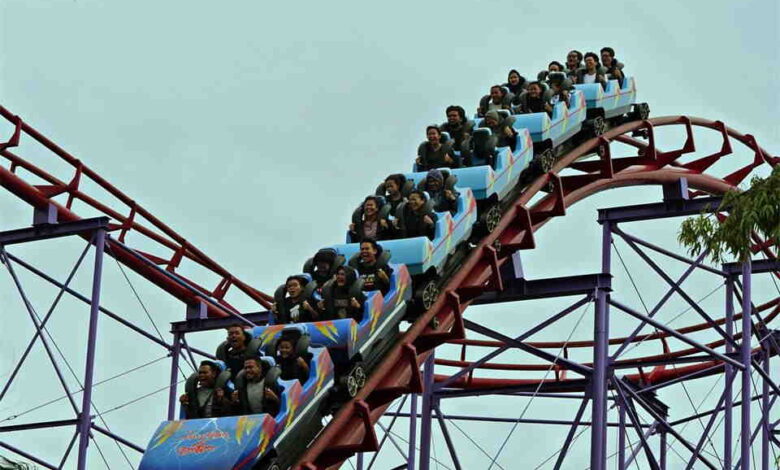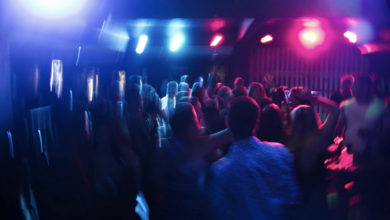The Hidden Safety Features of Your Favorite Theme Park Rides

Theme parks captivate us with their heart-pounding rides and adventures. Yet, many guests are unaware of the engineering marvels and safety precautions working silently in the backdrop. Each roller coaster, drop tower, or spin ride has hidden safety layers. These are there to ensure that all the fun comes with minimal danger for those on board.
These elements function smoothly behind the scenes. Advanced tech and vigorous test processes ensure safety is a priority. Take, for instance, some unseen safety attributes that render favorite rides both thrilling and remarkably secure.
Restraint Systems: More Than Just a Lap Bar
Climbing onto a roller coaster, the initial encounter is with the restraint system. Be it a lap bar, shoulder harness, or seat belt, these aren’t merely for comfort. They are meticulously designed safety tools to ensure rider security under intense forces.
Today’s restraint systems use hydraulic or magnetic locks. They won’t unlock until the ride comes to a complete stop. Some even have double locking systems, so if one breaks down, there’s still another to keep everyone safe in their seats. Before each round of the rides, park operators carry out checks by hand to ensure that all restraints are correctly locked.
Automated Ride Monitoring Systems
Every prominent theme park ride is steered by an intricate system of sensors and computers. These systems instantly monitor the ride’s state, continuously verifying speed, force, and location to ensure all operations are within safety limits.
Should a sensor detect an issue—maybe something mechanical or even debris on the tracks—it’ll halt the ride immediately. Several attractions have emergency stop features, too, which let operators pull the plug all at once if necessary. This progressive surveillance helps nip potential accidents in the bud.
Track and Structural Integrity Inspections
Regular checks are needed to keep even the toughest roller coasters and attractions safe. Theme parks employ engineers who look over tracks, supports, and structural parts daily. They use top-notch inspection techniques, such as ultrasonic or magnetic particle testing, to find tiny cracks or weak spots before they become risks.
Certain parks even hire drones or robots to check out tricky spots. These routine checks prevent simple wear and tear from becoming major safety issues, allowing riders to run as they should.
Rigorous Testing and Emergency Preparedness
Extensive safety tests are conducted before a ride opens for guests. Engineers conduct innumerable test runs with weighted dummies mimicking real riders to ensure every part of the trip works right. Key among these steps is Factory Acceptance Testing (FAT)—assembling and trying out rides under controlled conditions prior to installation.
Manufacturers can spot and rectify potential problems before the ride reaches its final destination, the theme park. Also, frequent emergency drills take place in parks, so staff members are prepared for any surprises that come up—from a non-working ride to guest rescues.
Conclusion
Theme parks might be all about fun and thrills, but the unseen safety features of each ride make those moments real. From advanced seatbelt systems to thorough checks or emergency plans, every tiny detail is planned with care for guest protection.
Next time anyone gets into a roller coaster seat or steps onto an adrenaline-pumping attraction, let them find comfort in knowing this: Behind the scenes, high-tech solutions mixed with engineering expertise keep everyone secure.


